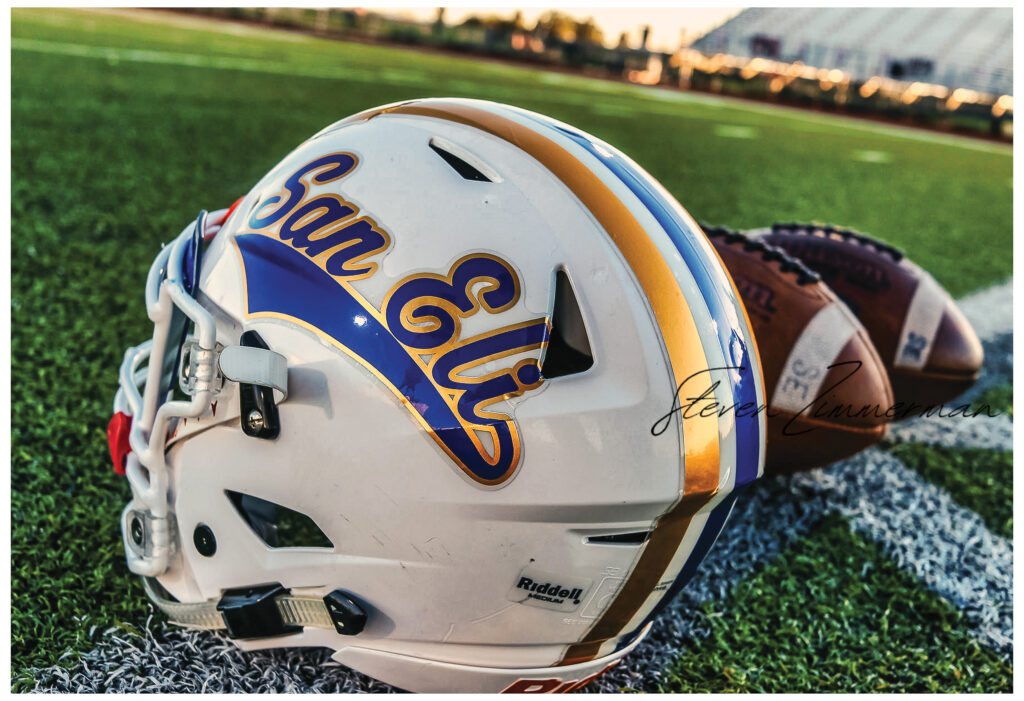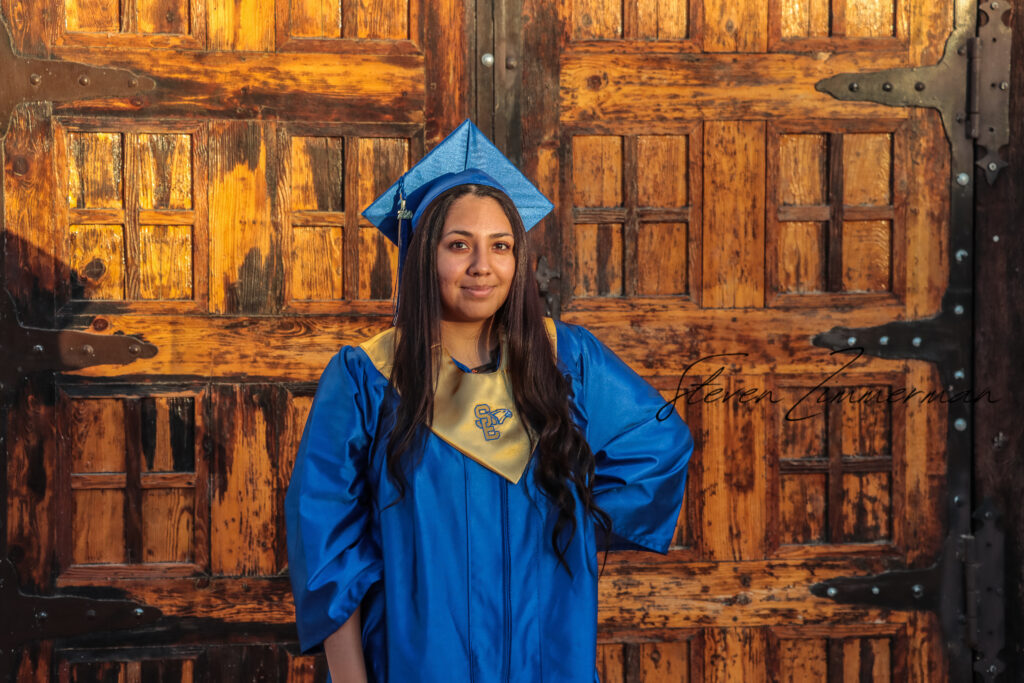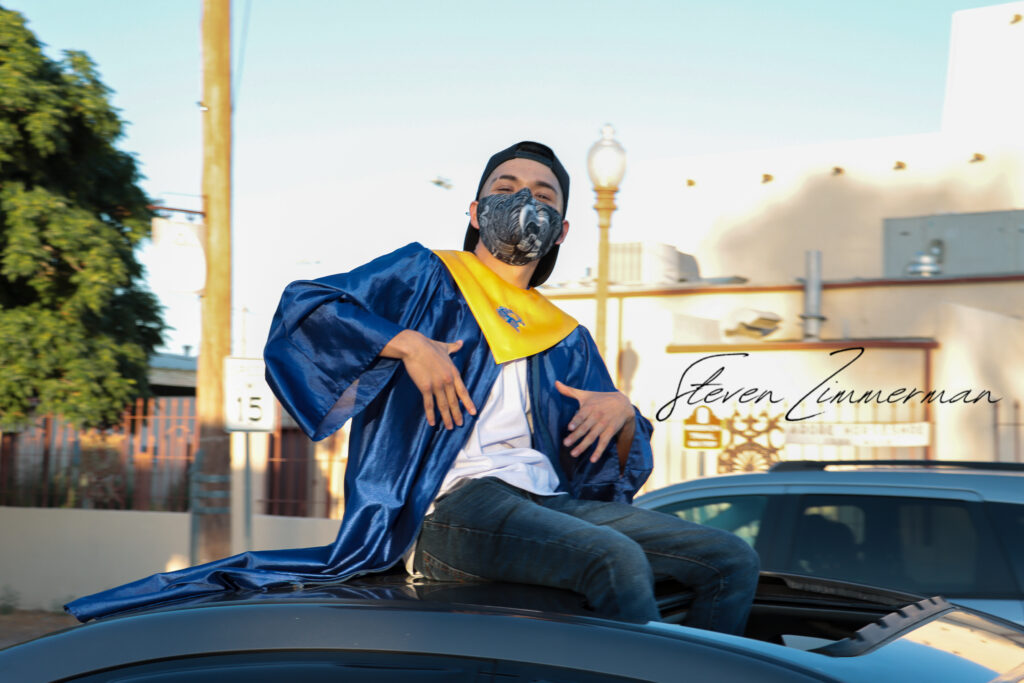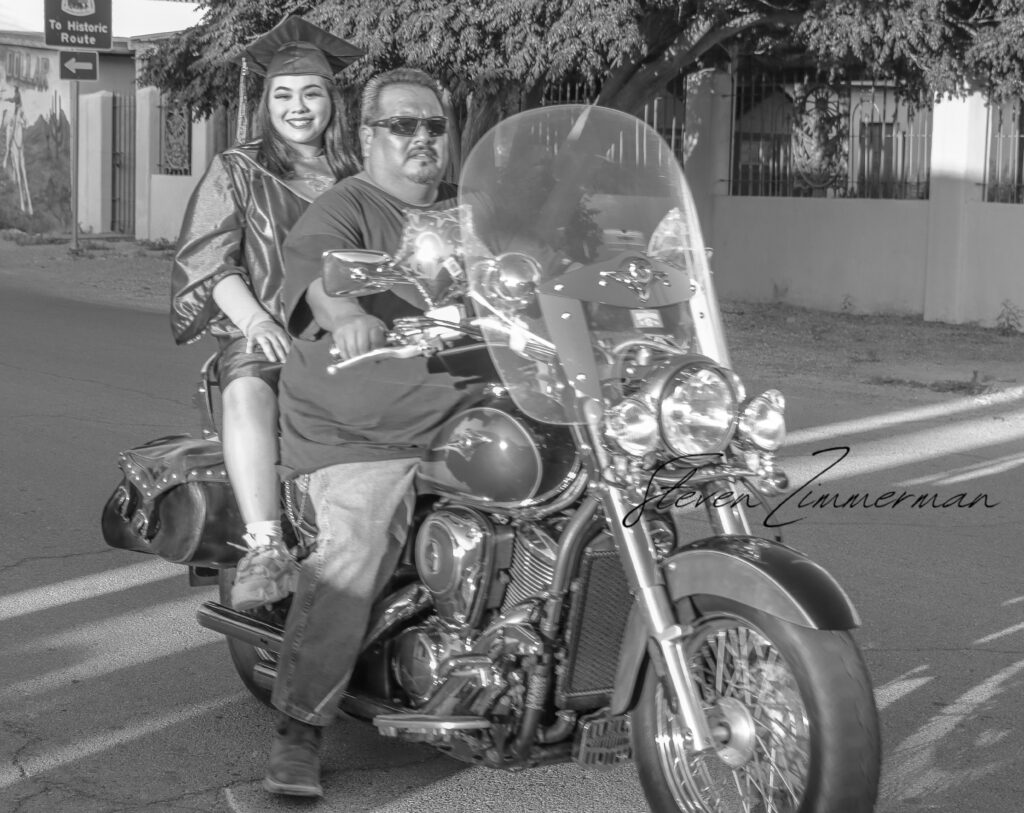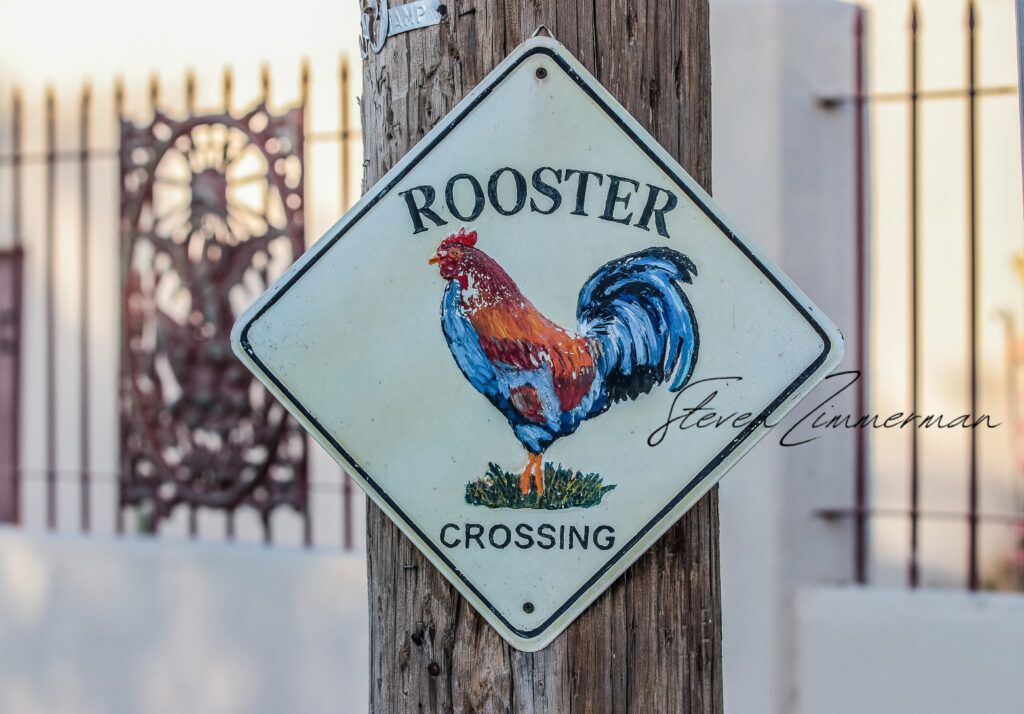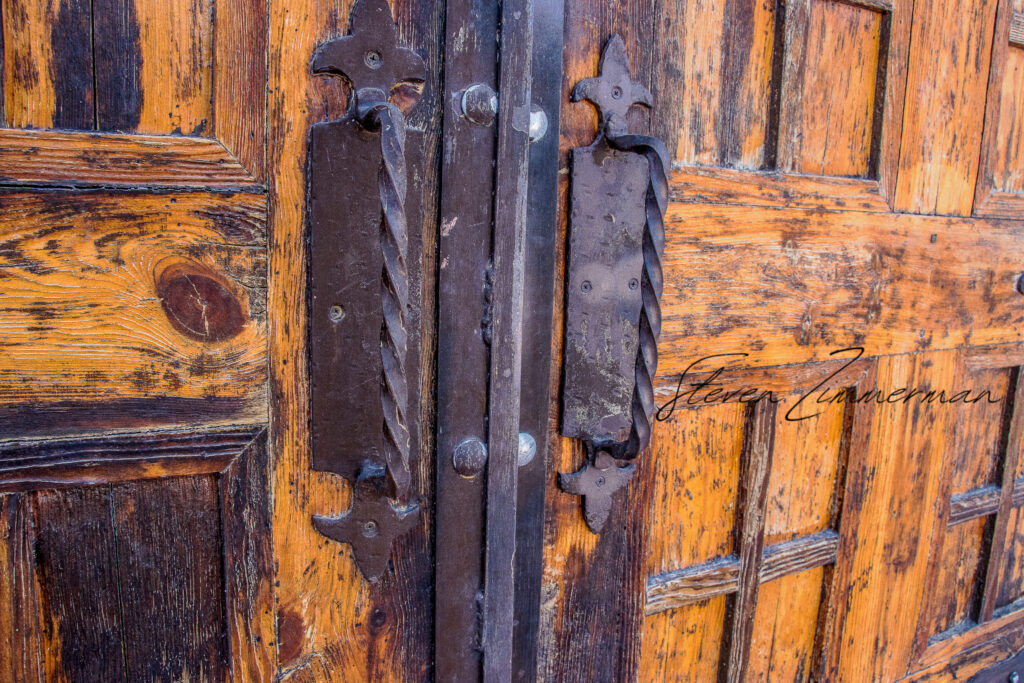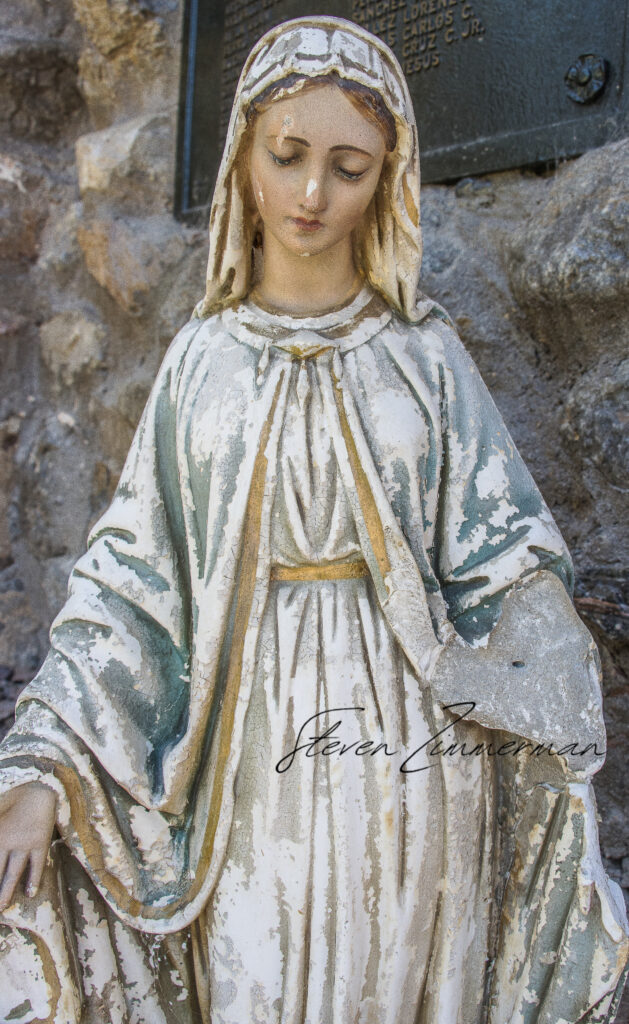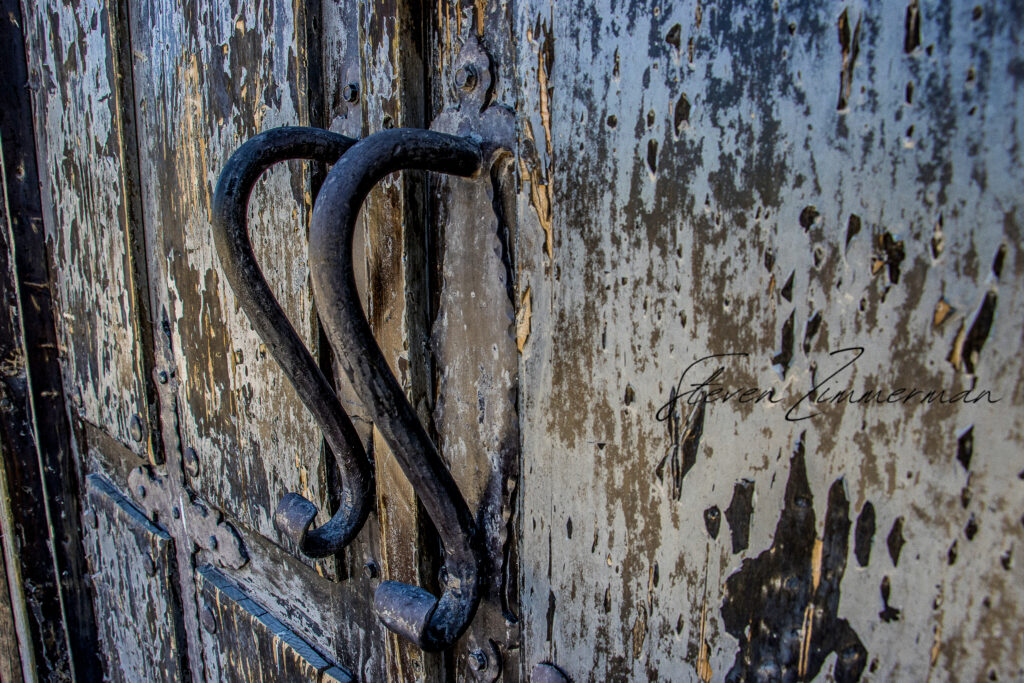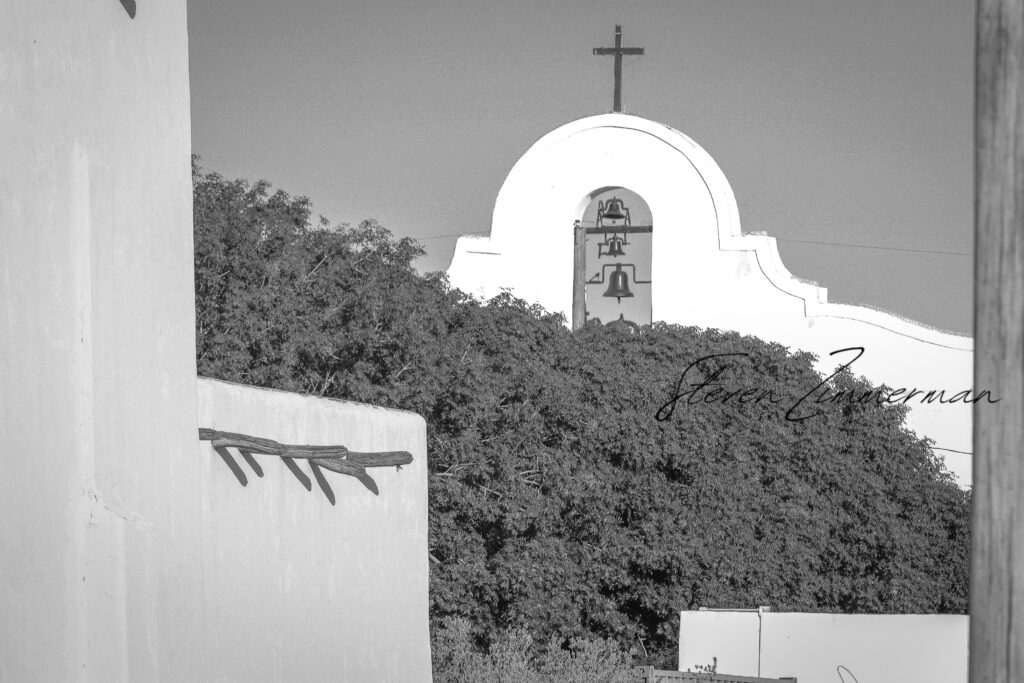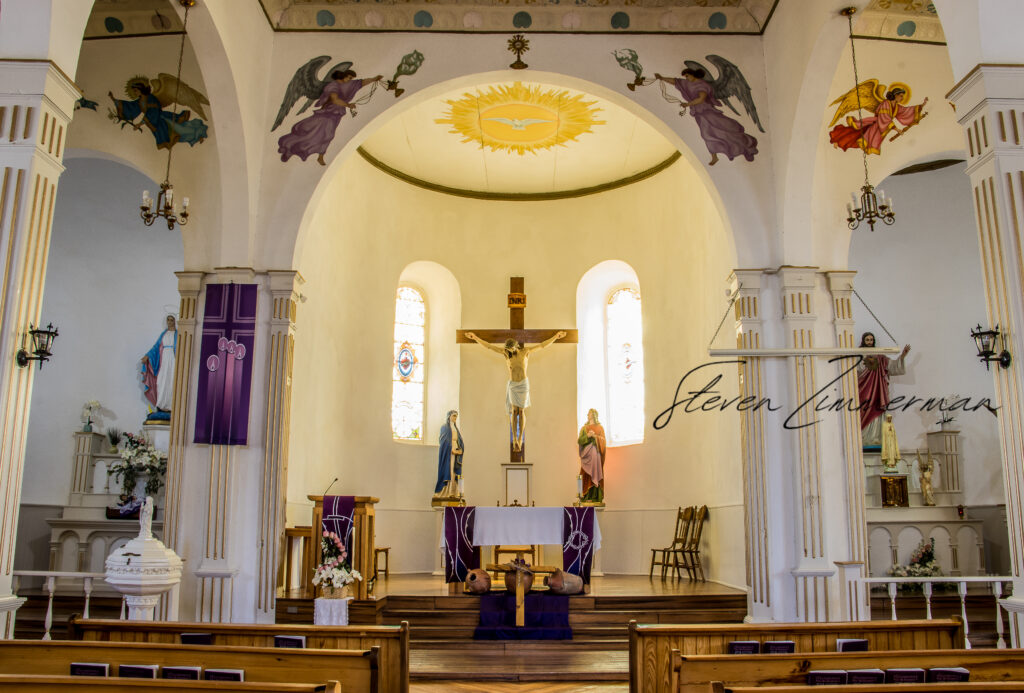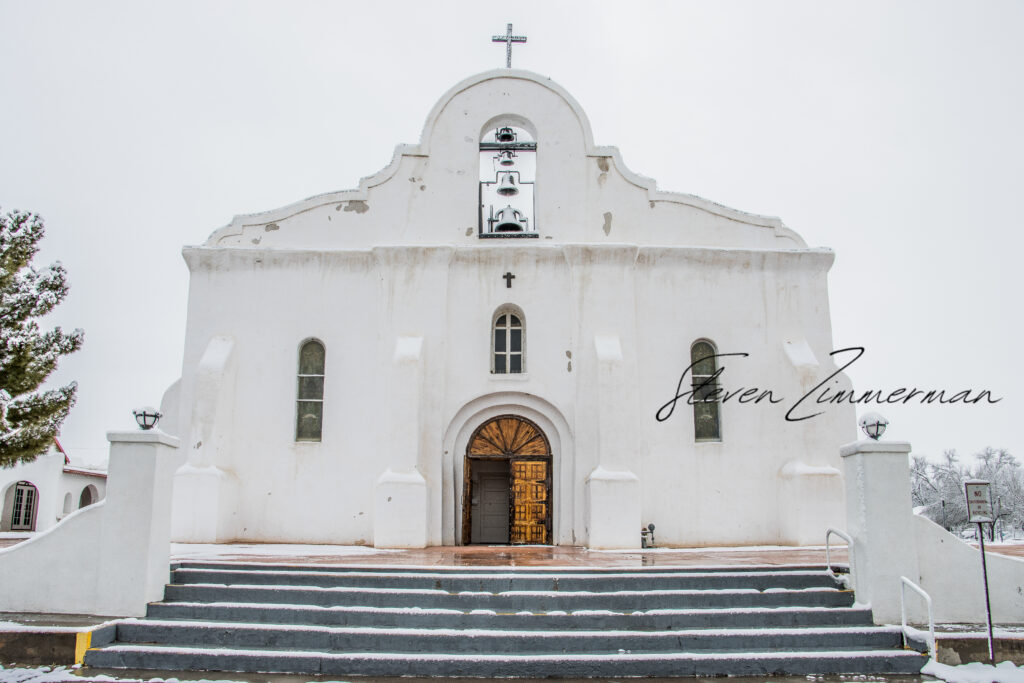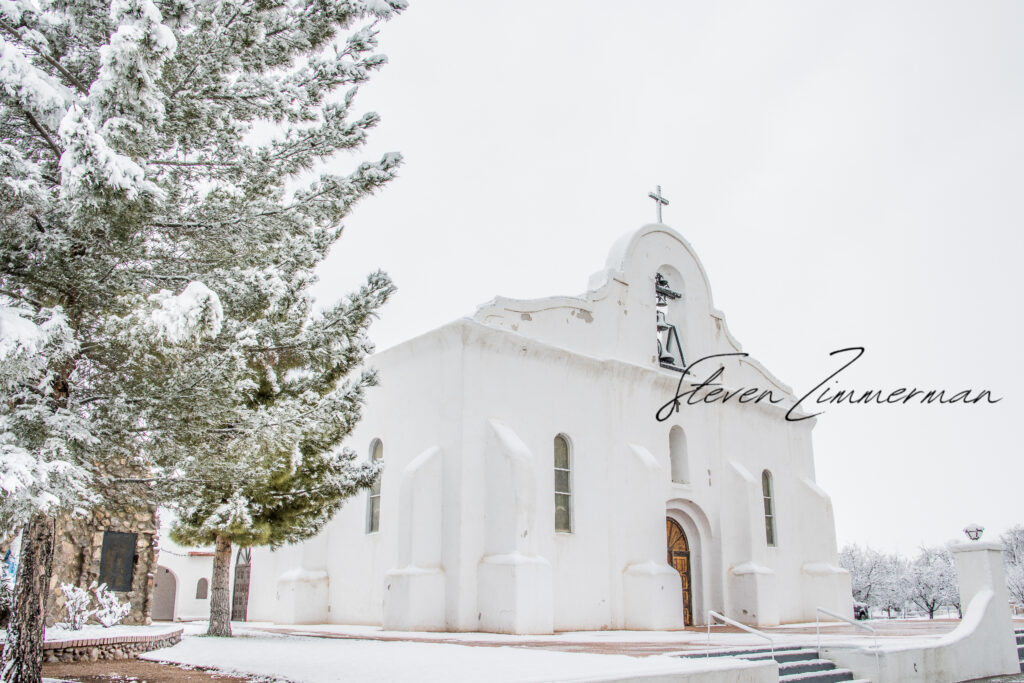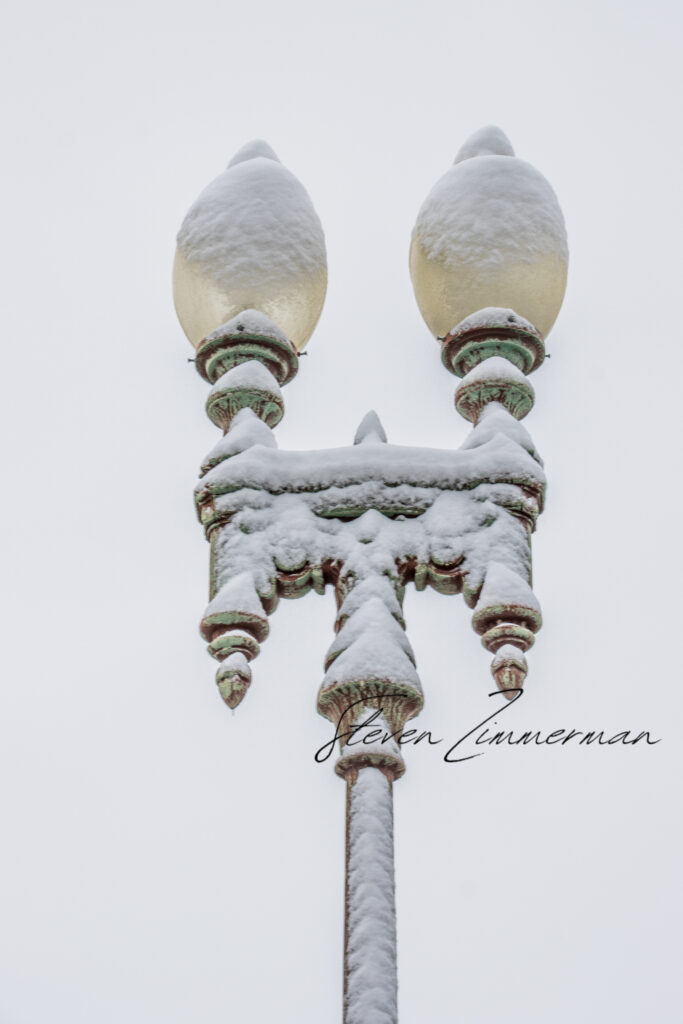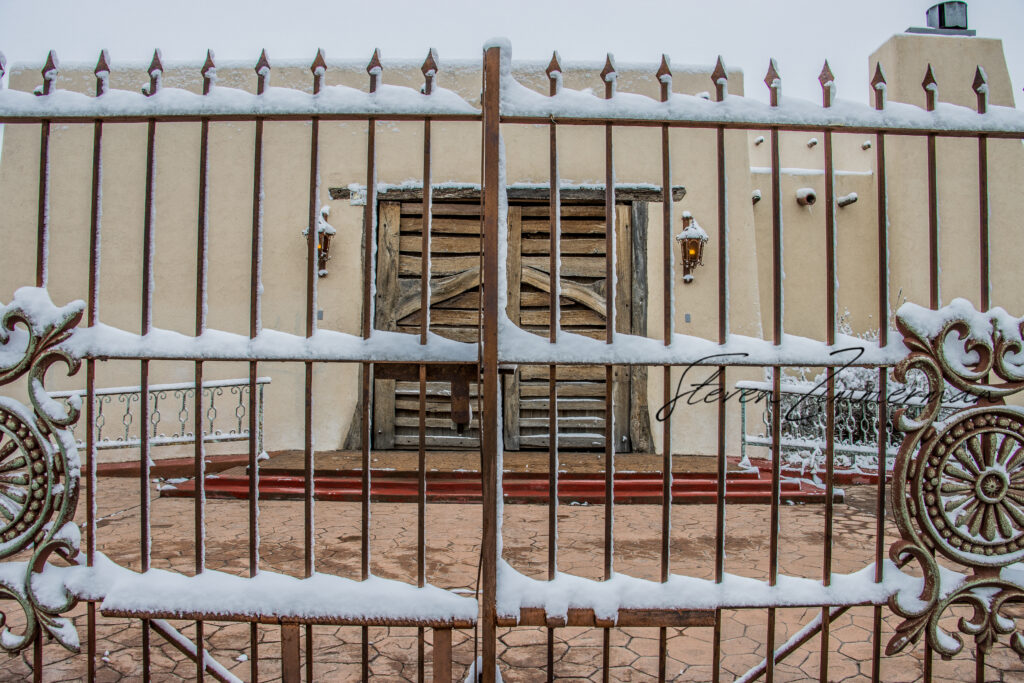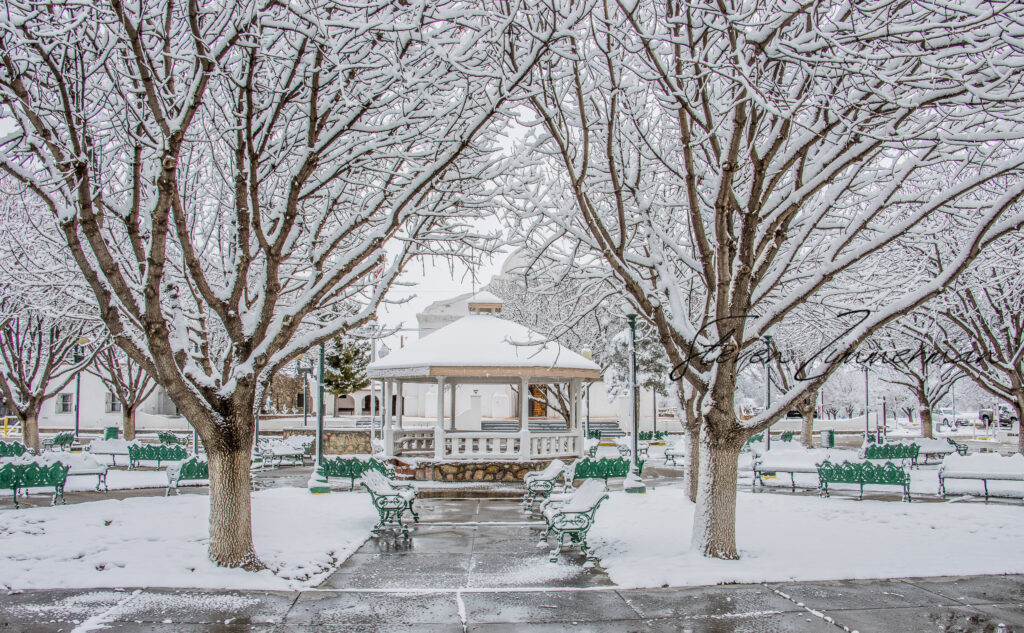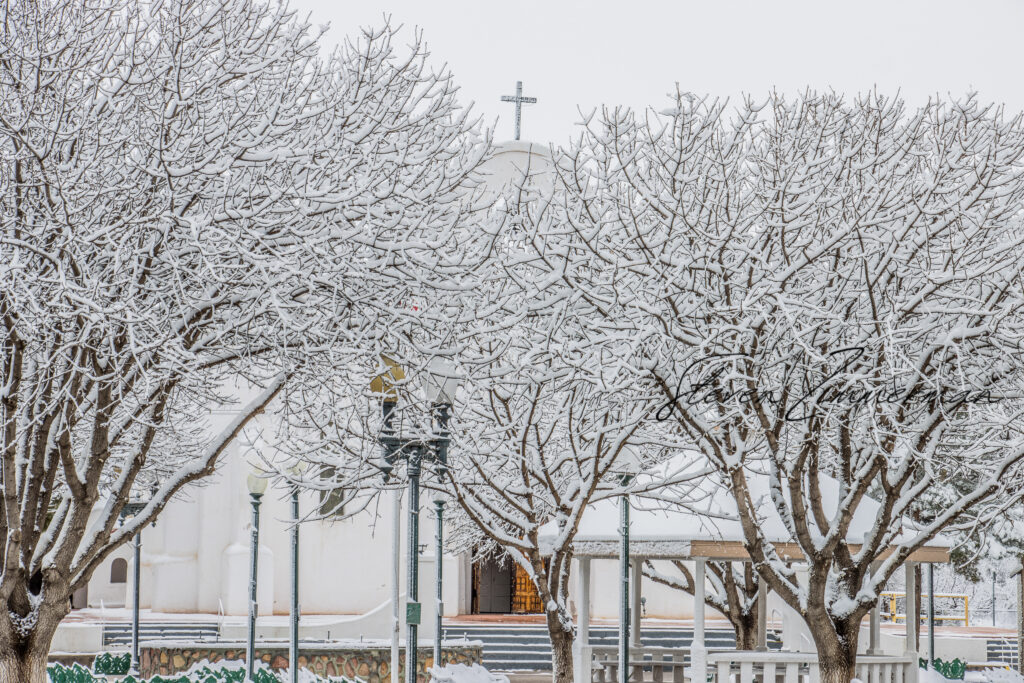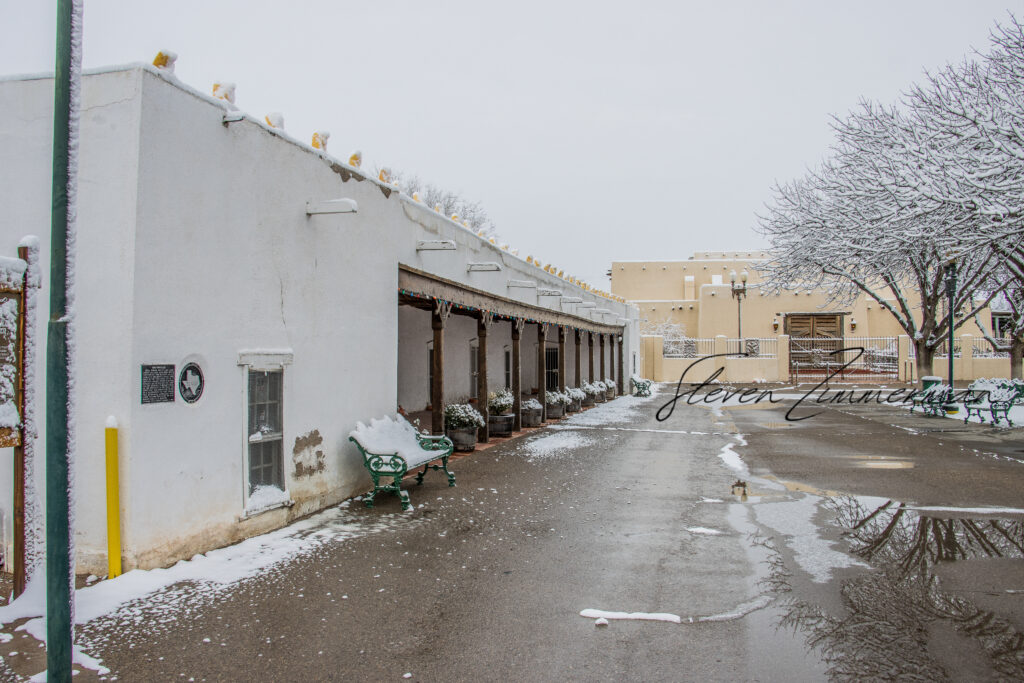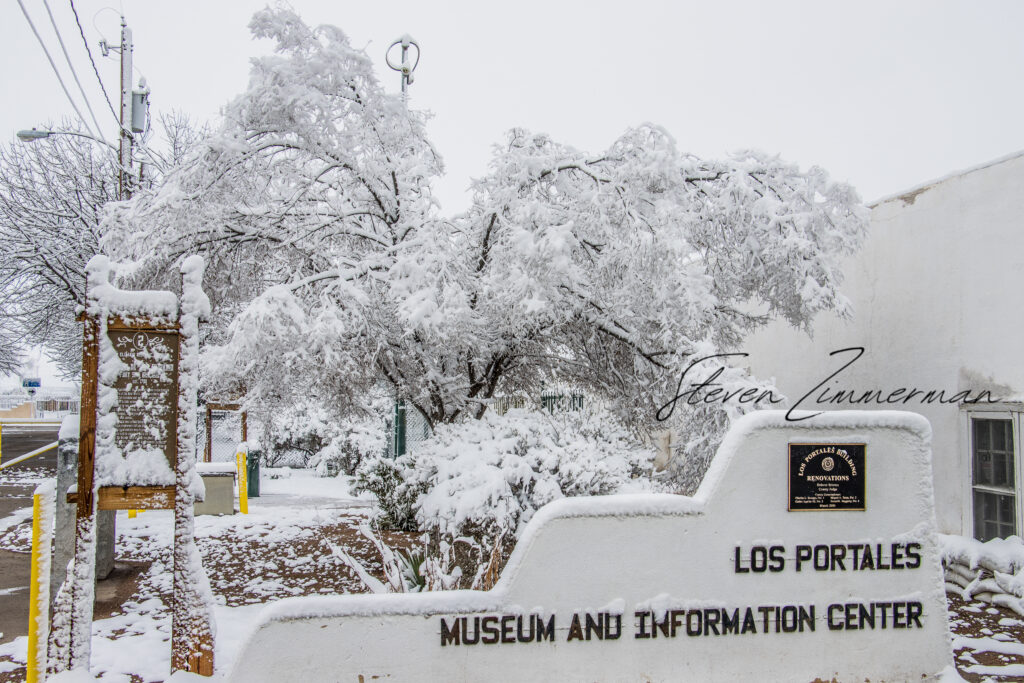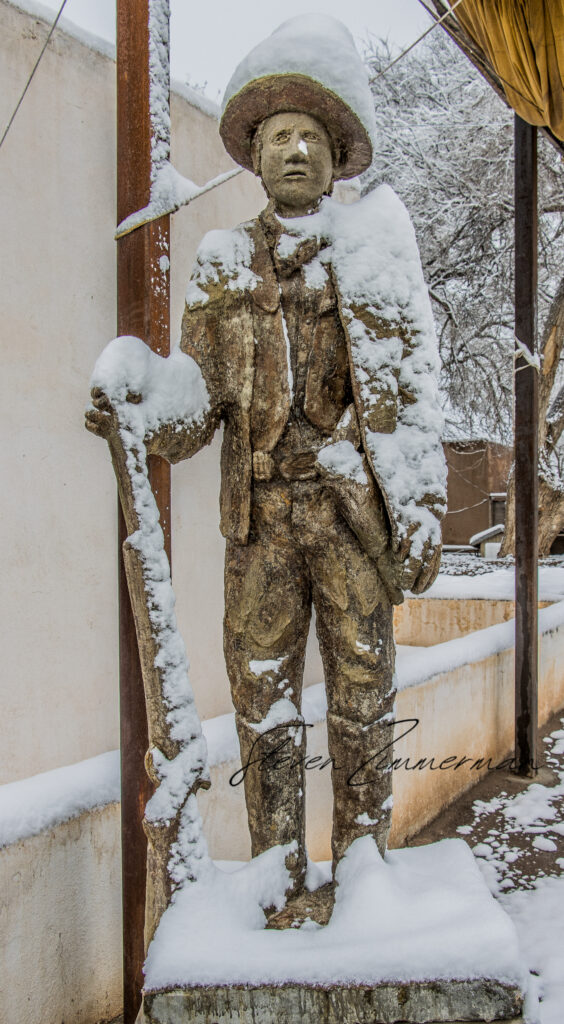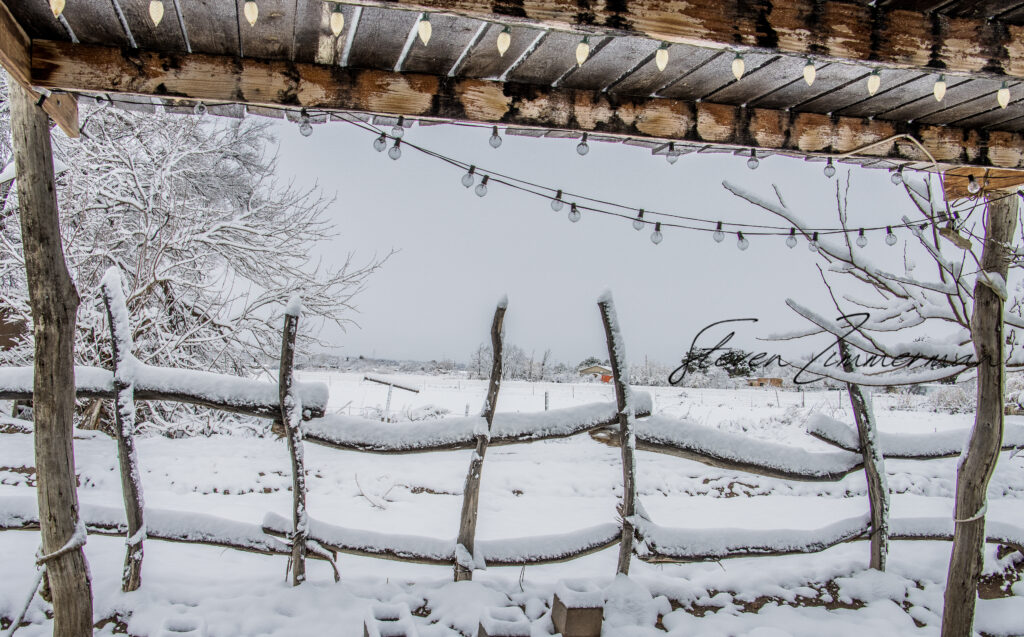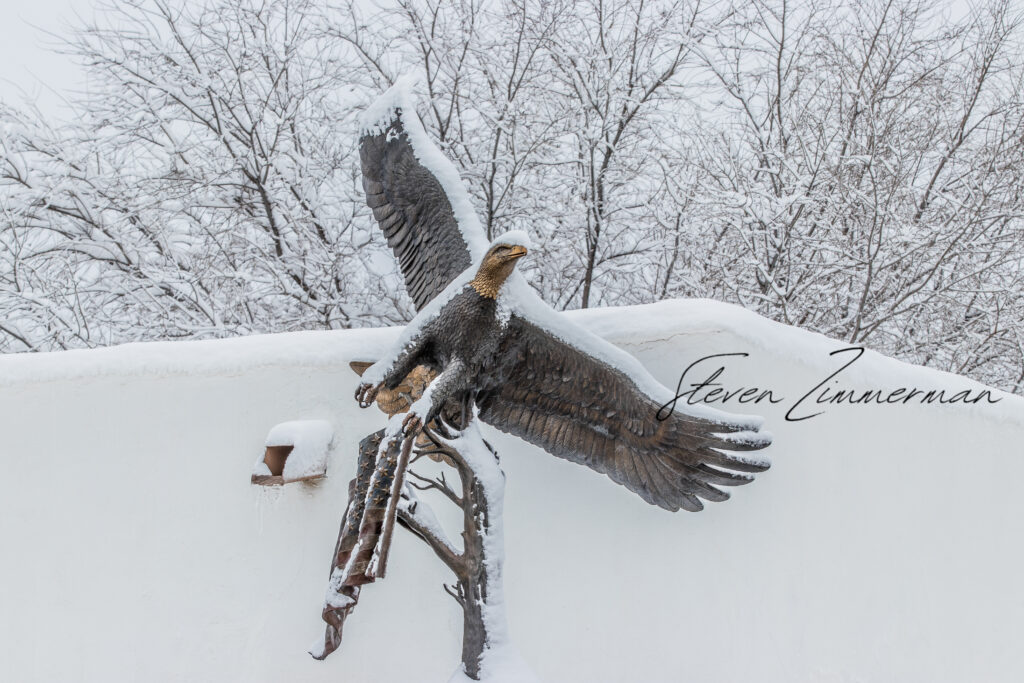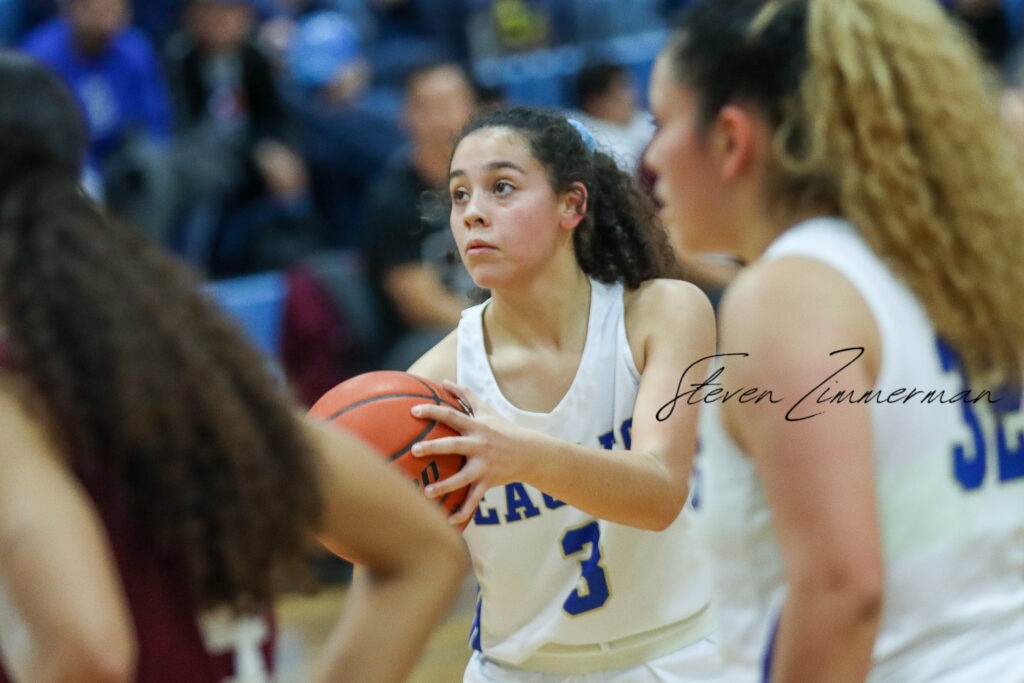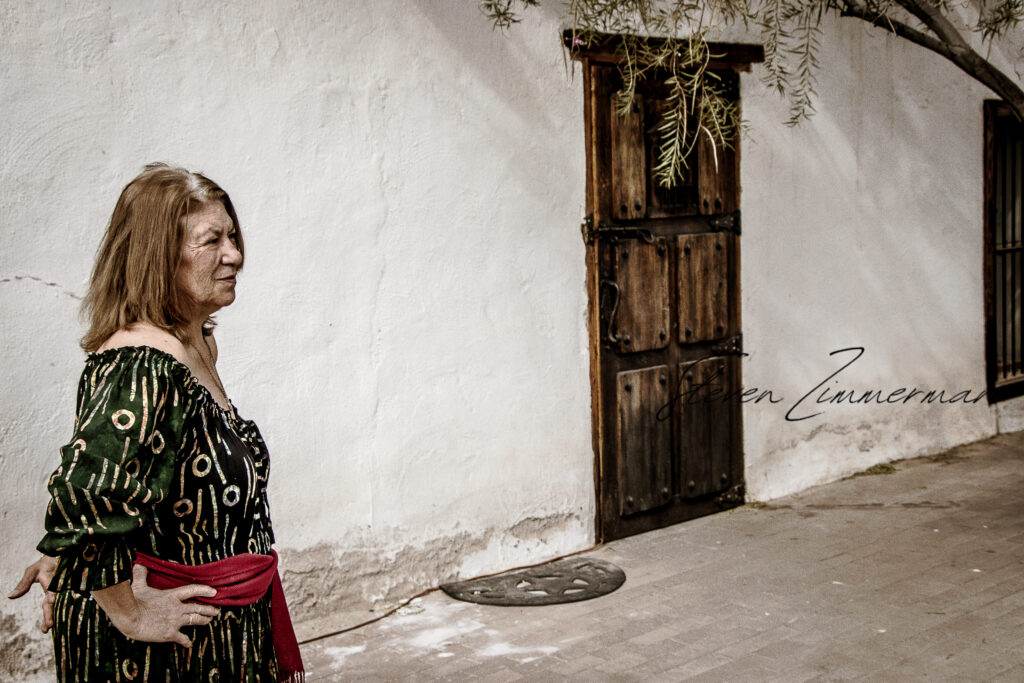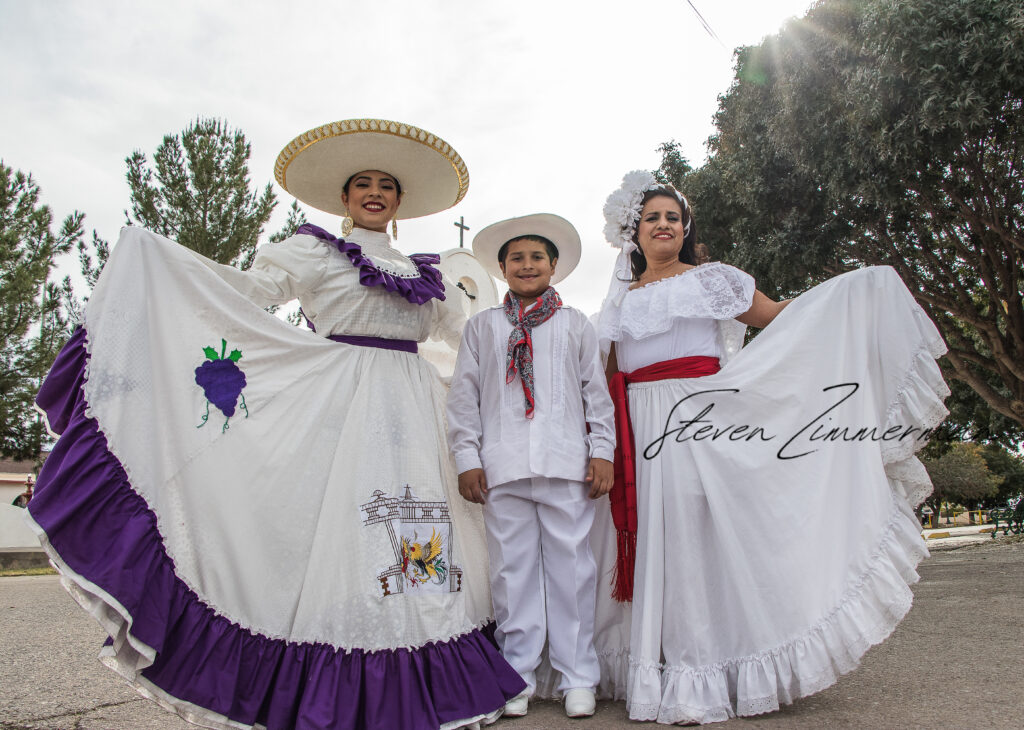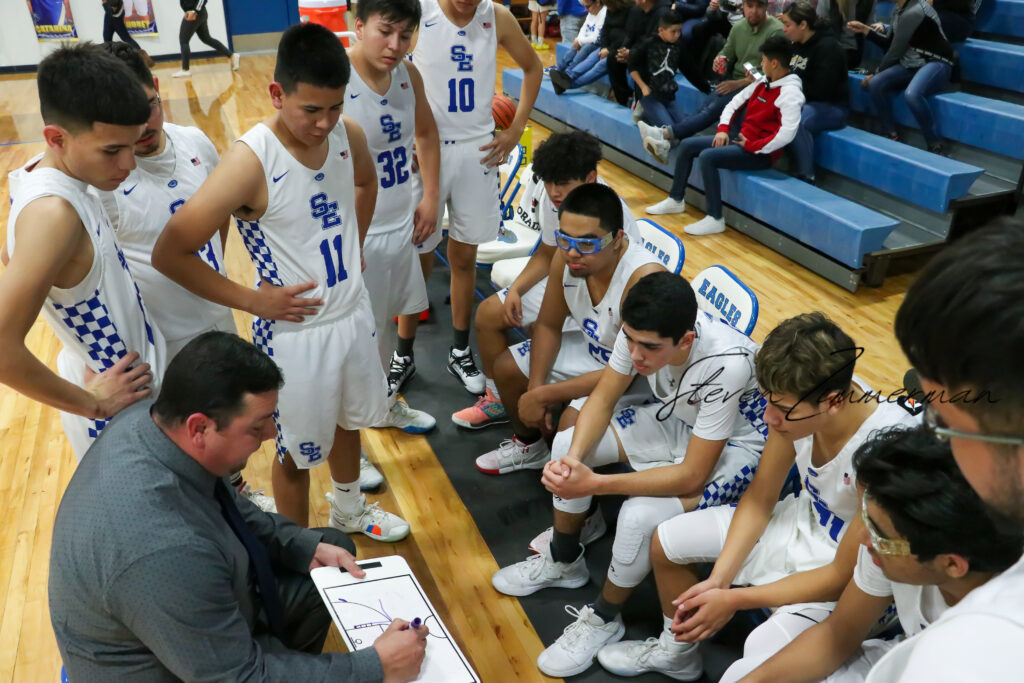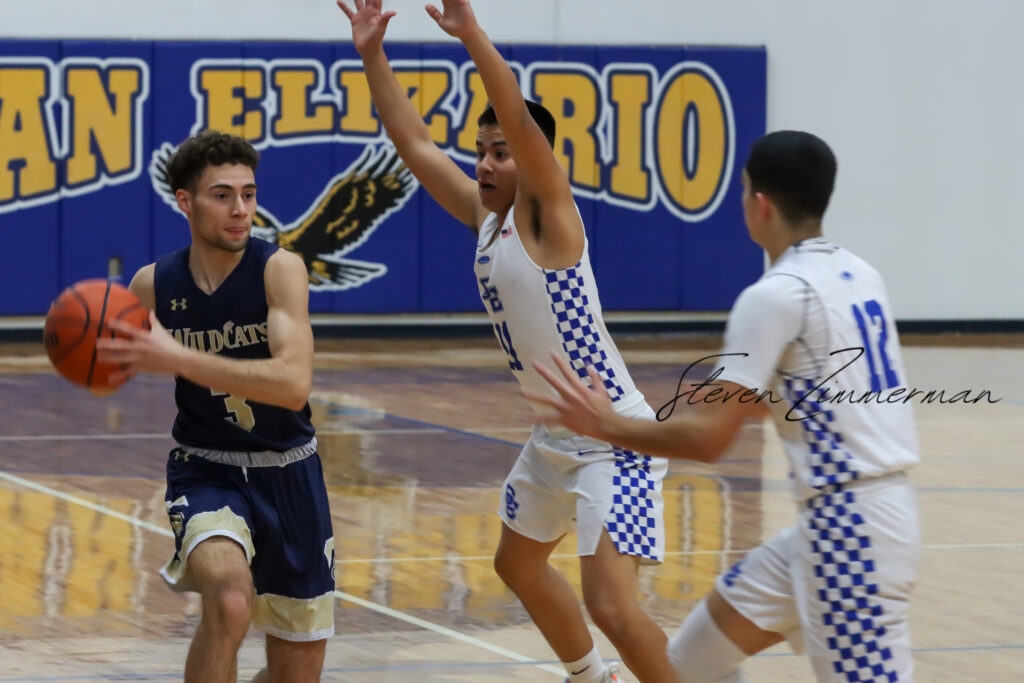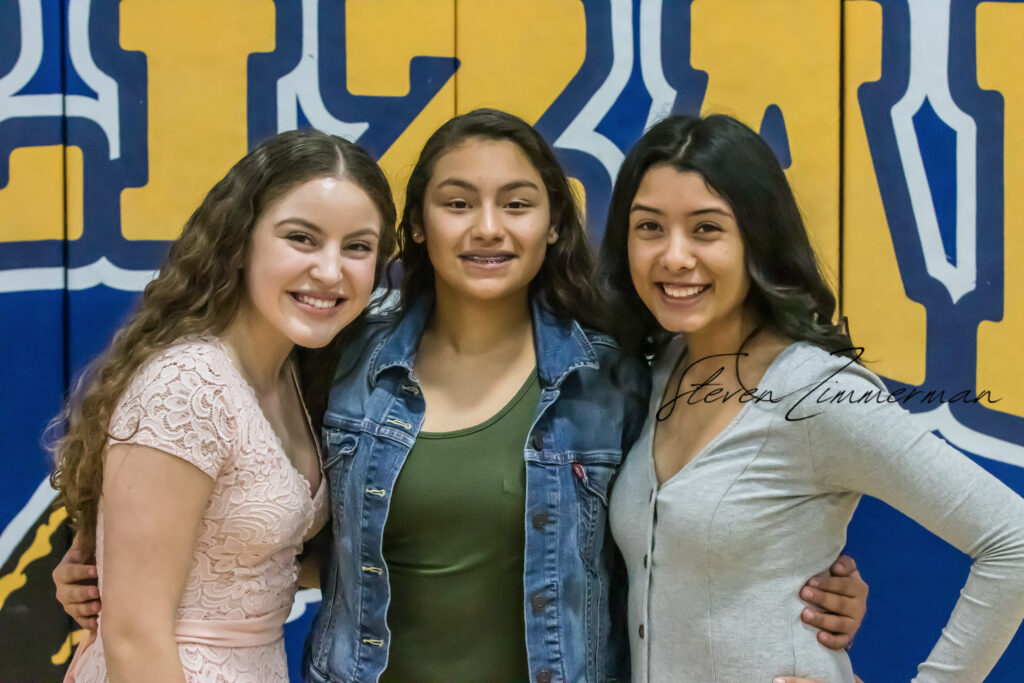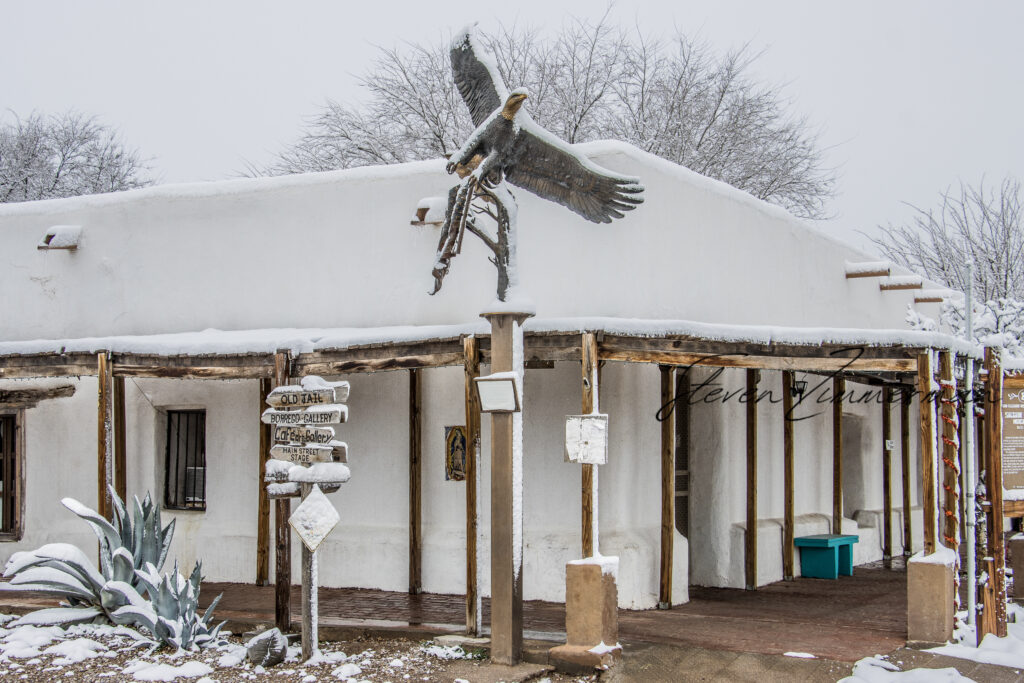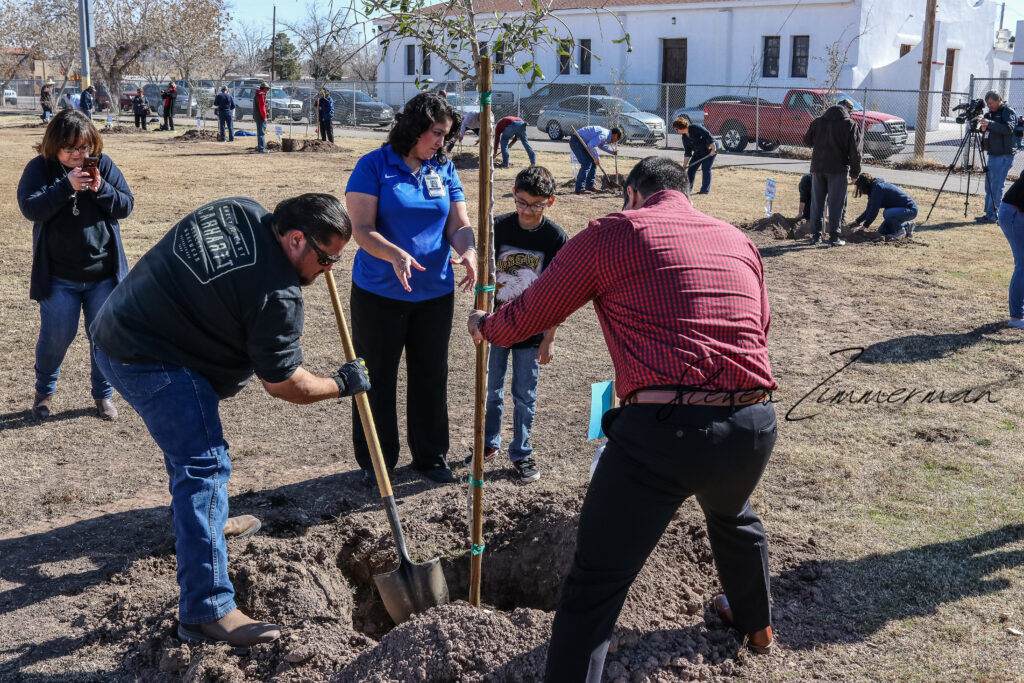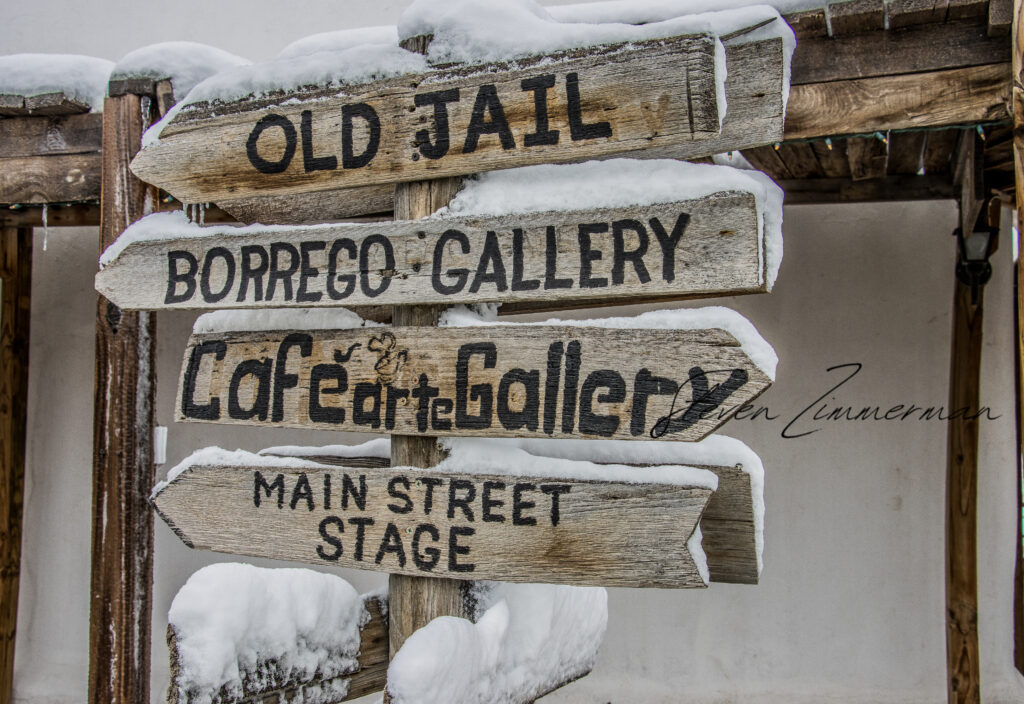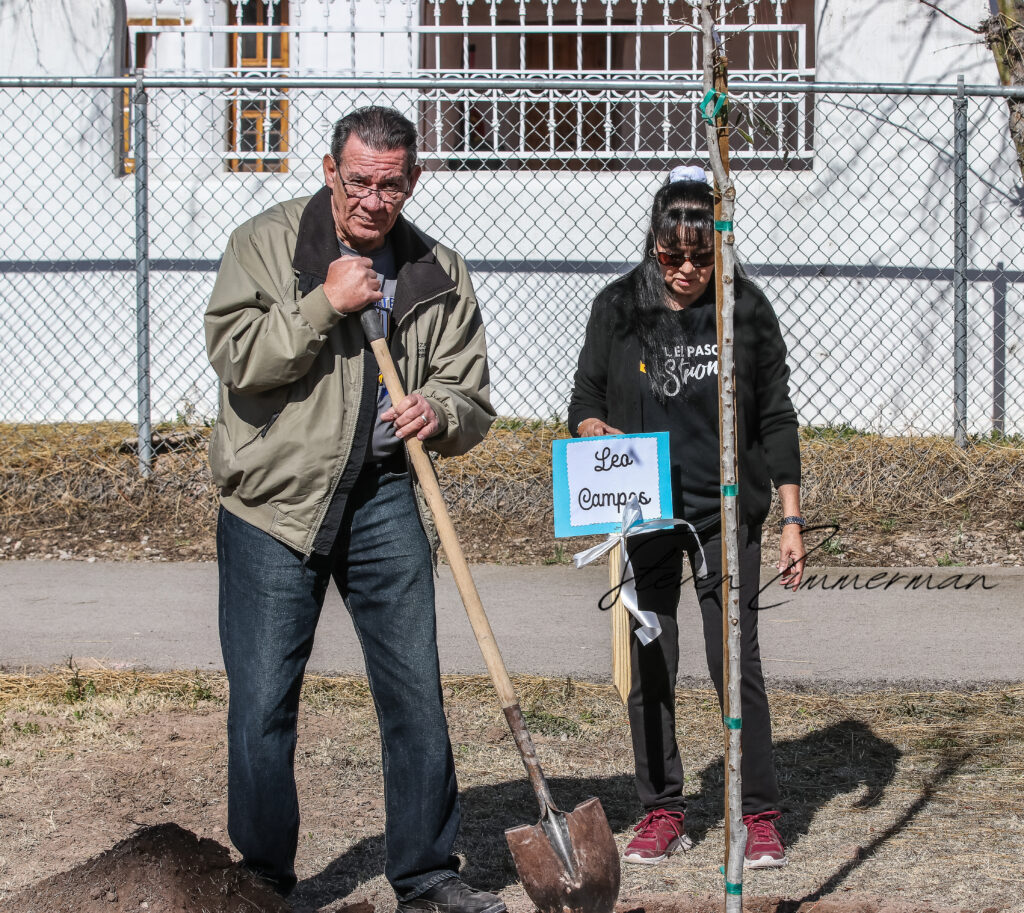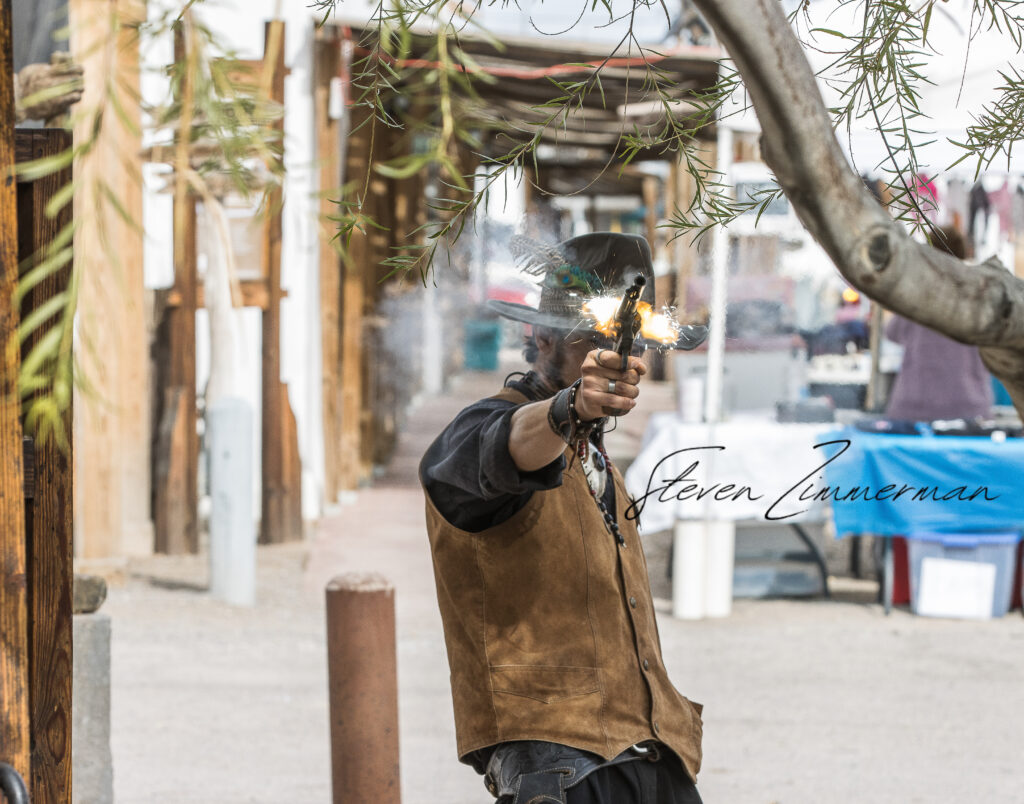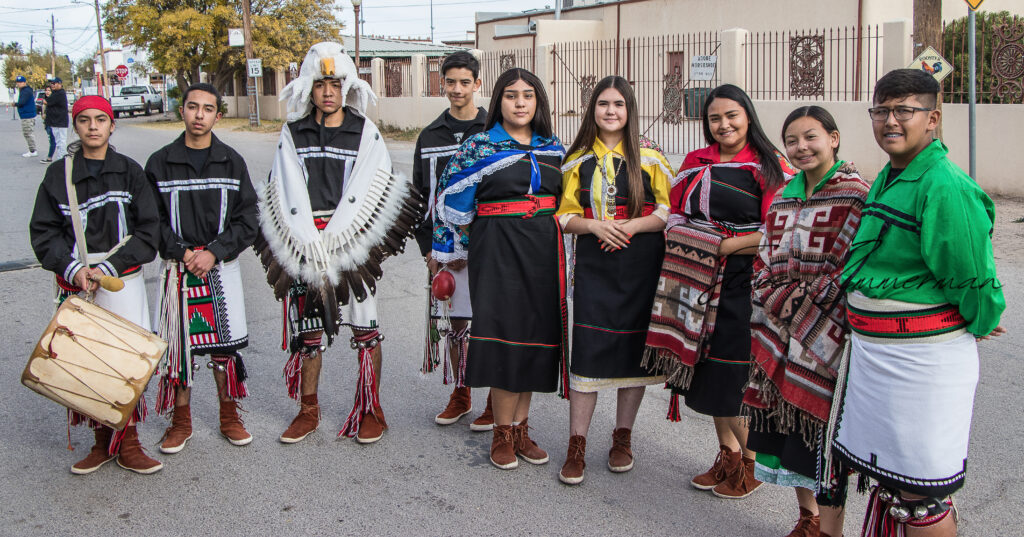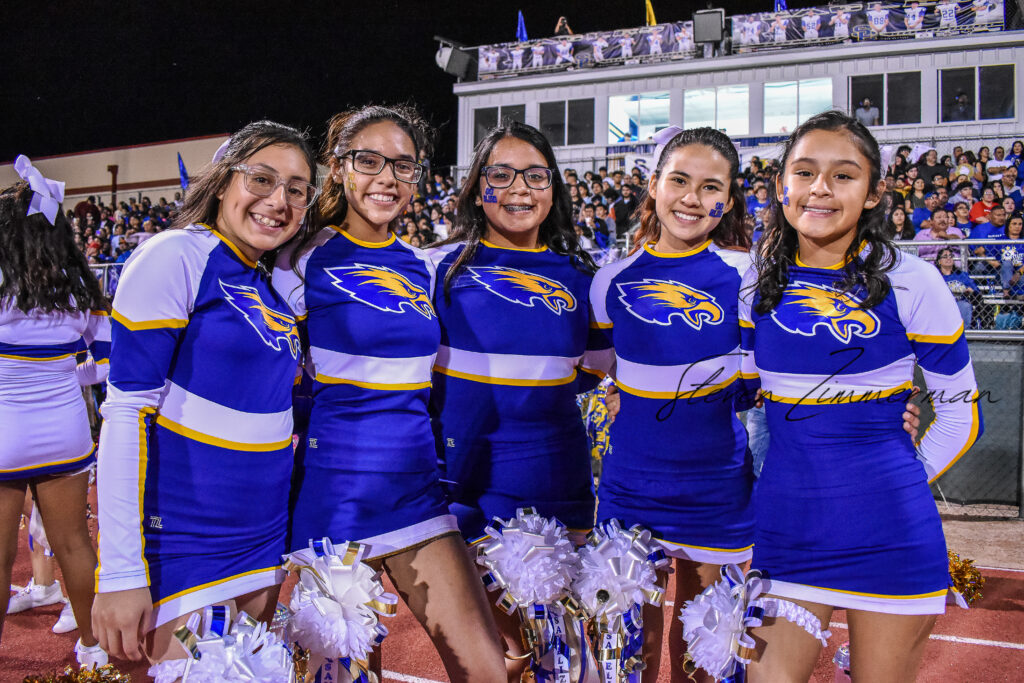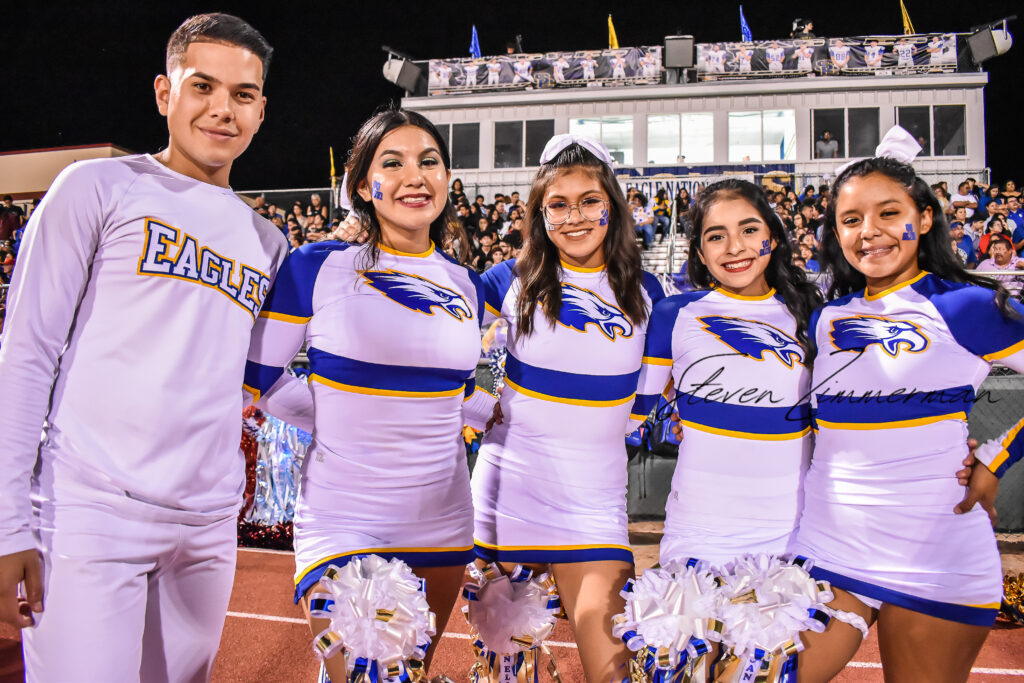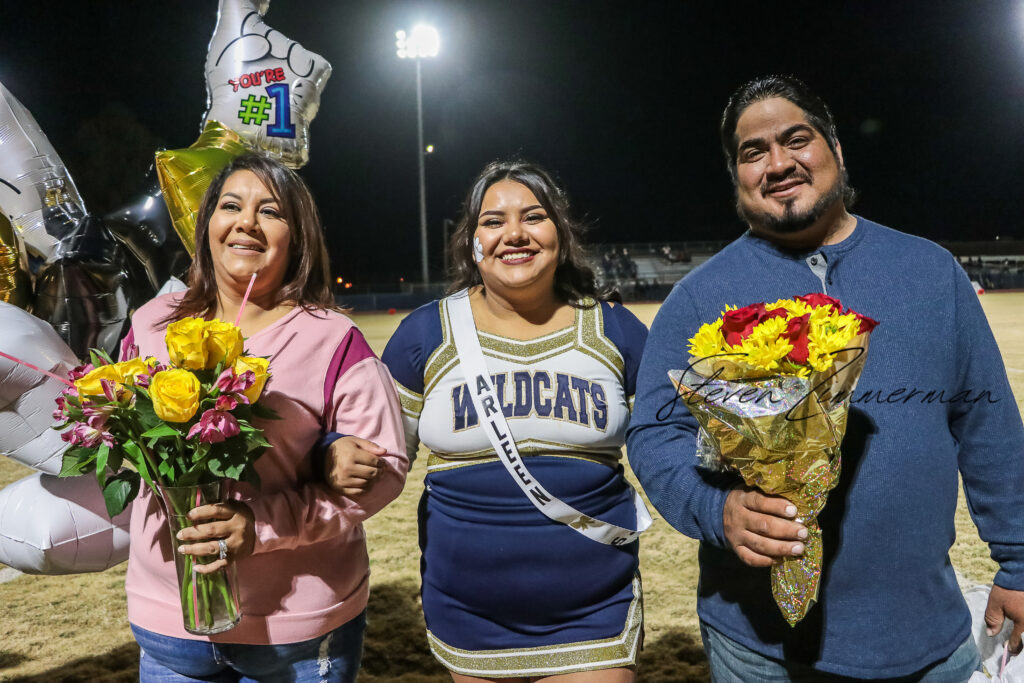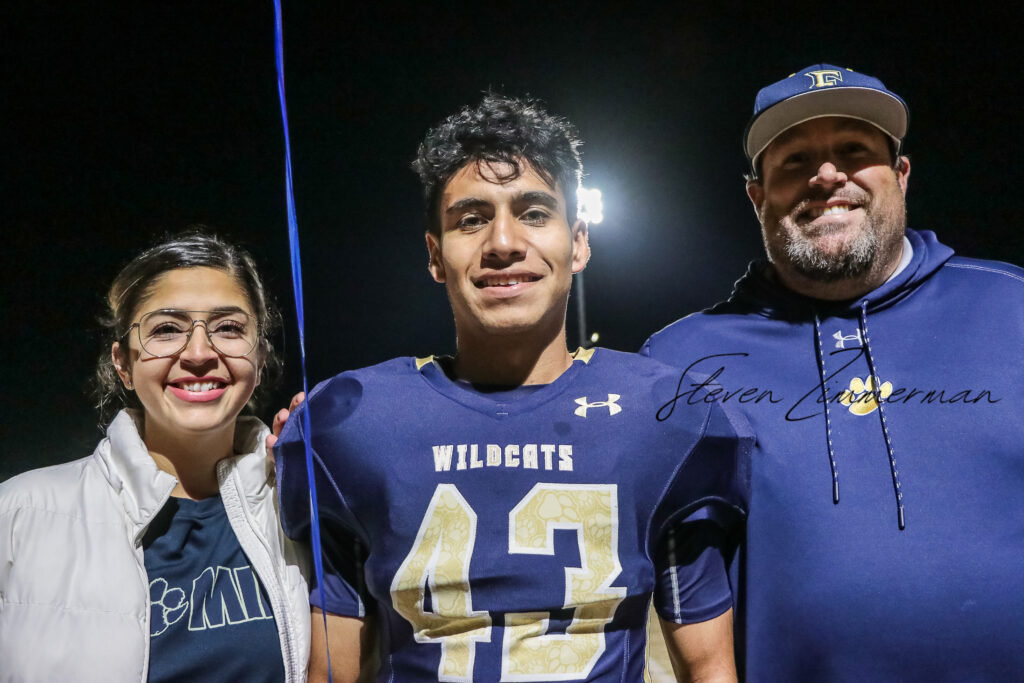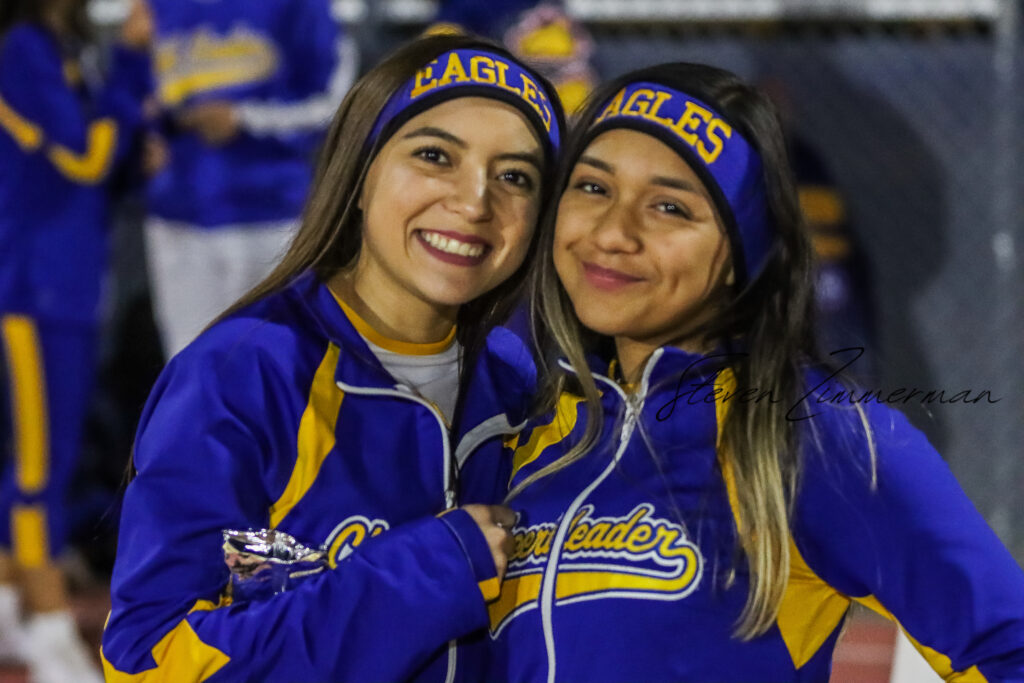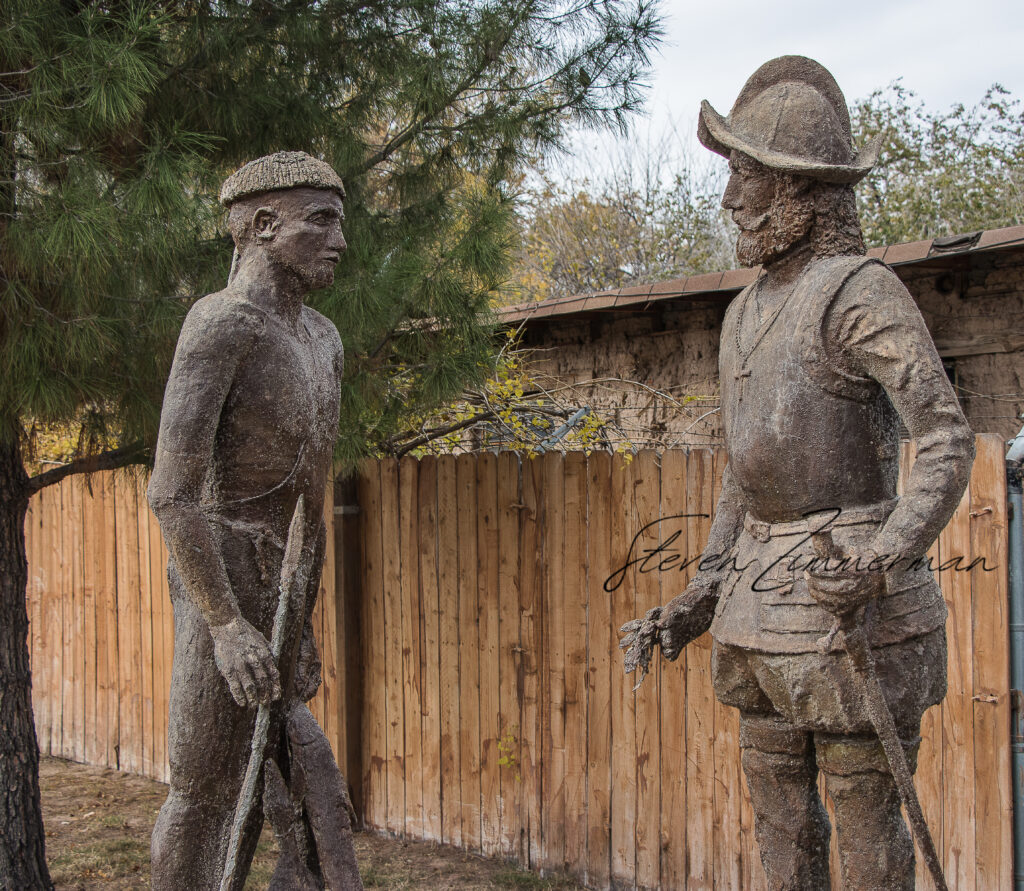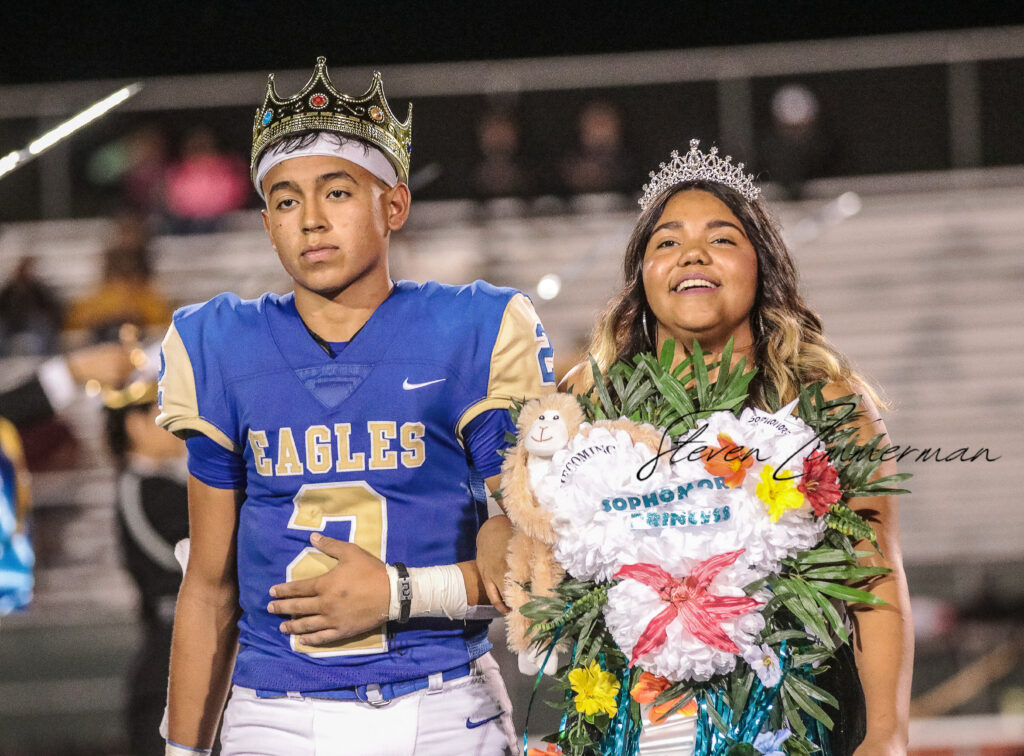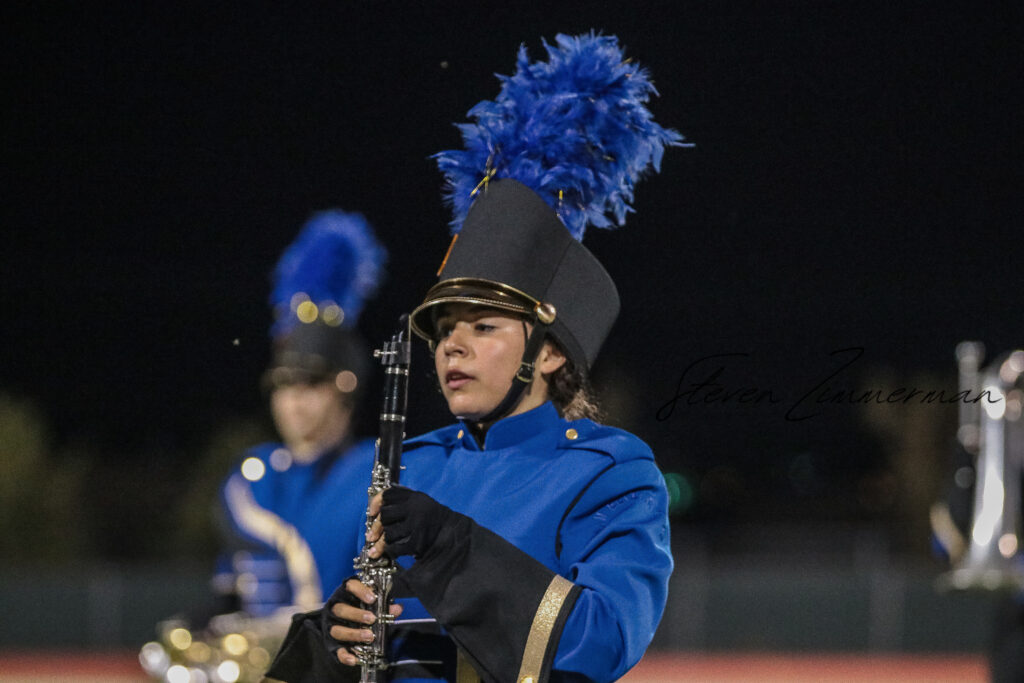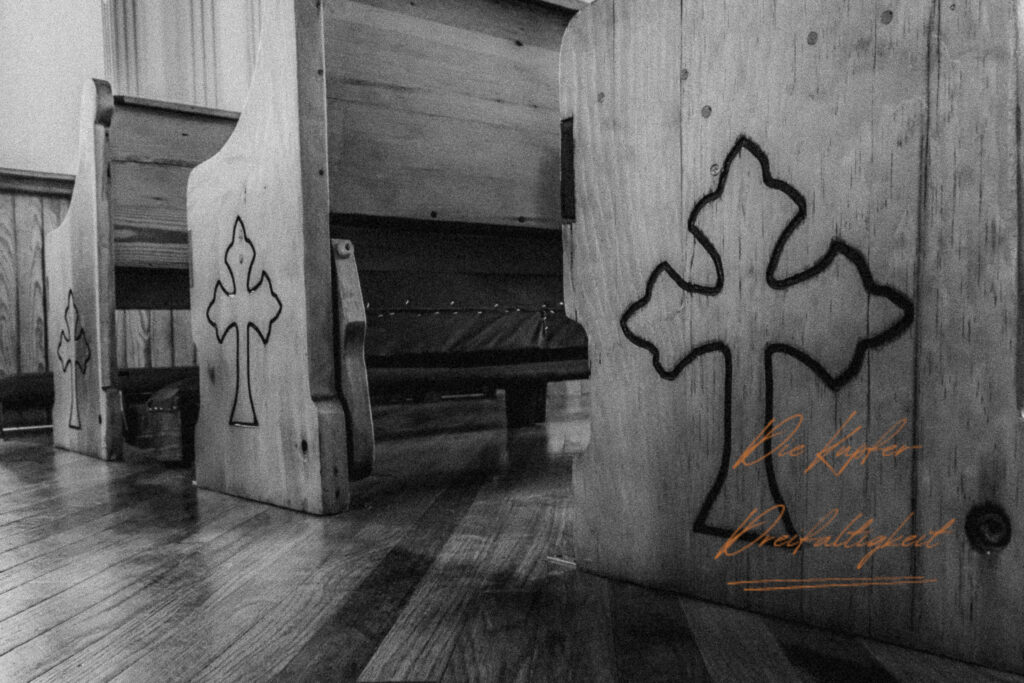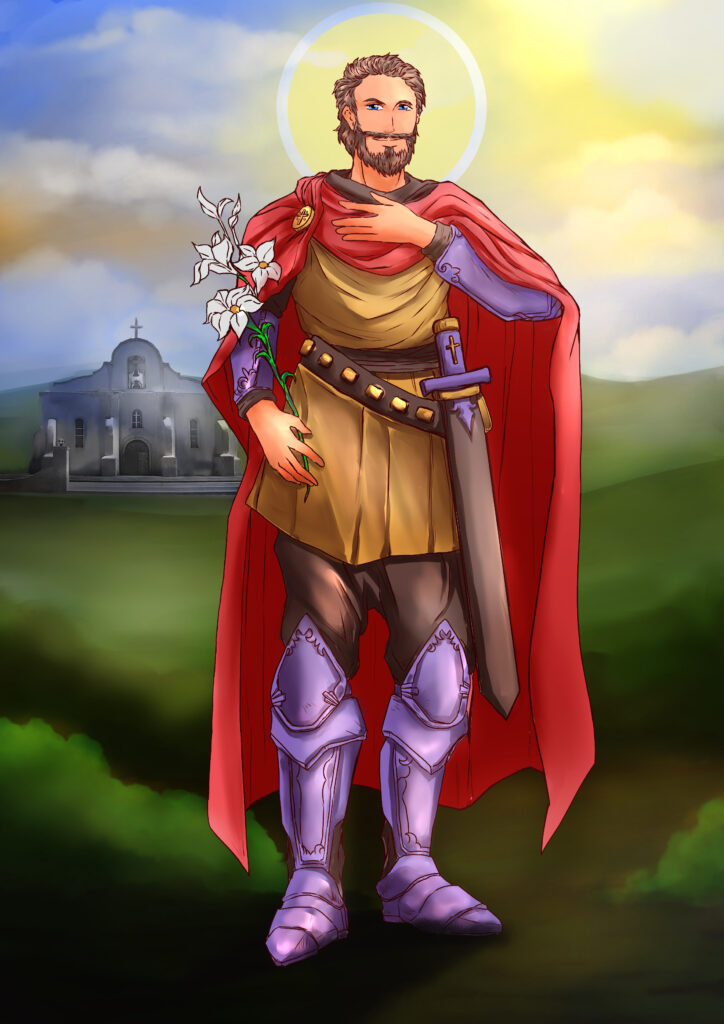The First Thanksgiving in San Elizario, Texas? The story, audio interview, and gallery are some of my favorite photos of San Eli.
2 May 2024, Las Cruces, NM, Steven Zimmerman – I used to own a newspaper out in San Elizario, Texas: San Eli News. It was an excellent little paper that could have been better timed. I started the paper right before COVID.
With all the COVID shutdowns in El Paso County, I lost advertising revenue and had to pay staff out of pocket. Eventually, I sold to an interested buyer. They bought the URL but not the stories, which is good.
This morning, as I spoke to someone in Old Mesilla, the subject of San Eli and the First Thanksgiving came up. I remembered this article and interview and promised to republish it.
Our area, Southern New Mexico and West Texas, is a rich tapestry of history, and I want to document as much as I can and share it with the world. If you have a suggestion for me, or a story idea, use the contact form at the bottom of the page. I would love to talk to you!
For the longest time, I have told people that the first Thanksgiving happened in San Elizario, Texas. It didn’t occur in Plymouth Rock; it happened in San Eli. Then, about a year ago, I took someone out to see the first El Paso County Jail, and we bumped into Al Borrego.
Al Borrego is President of the San Elizario Genealogy and Historical Society. Also, a Commissioner on the El Paso County Historical Commission and a landmark Commissioner for the City of San Elizario. He is a font of knowledge when it comes to San Elizario.
When we ran into him a year ago, I asked him to explain how the first Thanksgiving occurred to my friend. Little did I know I had had my history wrong.
For years, I thought that Don Juan De Onate and his band of explorers had trudged through the Mexican desert, arrived at San Elizario, encountered the First Peoples, and celebrated. Both sides came together long before the Pilgrims ate and invented football (well, not football).
In believing this narrative, I had forgotten about other, much older cities, like St Augustine in Florida.
So, where did the idea of the First Thanksgiving being in San Elizario come from?
“It all started in 1989, probably a little bit earlier, but in 1989, they created, if I got the date right, but around that time, they created the El Paso Mission Trail Association,” said Al Borrego. “They also created the El Paso Mission Trail.”
The City and County of El Paso, with the help of some marketing firms, came up with the idea to market tourism to the El Paso area.
Growing up in El Paso, I can recall the empty stretches of land between Socorro, San Elizario, Fabens, and Clint. I remember going to Hideaway Lakes to go fishing and feeling like we were traveling across Texas. It was an adventure back in the late 1970s and early 1980s.
Imagine being elected to the City Council and a newly elected County Commissioner. You need to develop a way to attract tourism dollars to a county 200 square miles smaller than the state of Rhode Island (El Paso County is 1015 square miles while Rhode Island is 1,212 square miles). What do you do?
“It’s not like the mission trail started in 1598 when the Spaniards came in,” said Al. “That’s a new term that was brought in, and in my personal opinion, it was started to market tourism here in the El Paso area.”
When Onate and those with him made it to the river, there was a celebration.
“The basic concept of the first Thanksgiving as far as the mission trail association goes, the way we promoted it for five years, or at least I did for sure,” says Al, “was that the Onate expedition, when they came North from Santa Barbara in the Southern part of the state of Chihuahua in Mexico, when he started with his expedition, they came up, they came through the desert, they were dying of thirst. They were hungry, and they finally got to the river. They got to the river, and they had a big feast because this is in the archives. They had a sermon; they had an ecclesiastical celebration. They had a feast. They had a comedy in the afternoon. That’s what happened.”
They are all hot, tired, hungry, and badly need water. They arrive at San Elizario, meet the First Peoples, and have a celebration. During this part of my conversation with Al Borrego, a Thanksgiving celebration did happen; maybe not the first, but it happened. They did arrive in San Elizario twenty-two years before the Pilgrims. But did they share that ecclesiastical celebration with any of the First Peoples in the area?
“The key elements of Thanksgiving [are] the Pilgrim and then the Turkey,” says Al Borrego. “So those are the key elements of Thanksgiving that we learned to know throughout the years. So that’s when we run into a problem here in San Elizario, which is strictly from the archives of the scribe for the Onate expedition. If you leave out a bunch of this stuff, you can create the image that it was here but wasn’t. That’s not exactly the way it happened.”
Mr Borrego explained that Onate’s journey skirted an area of Mexico because they didn’t want to encounter the tribes there. Others had already disappeared in the exact location, and Onate wished to avoid making the same mistake. I would have done the same thing if I were in his place.
“See, when the expedition was coming North, you would think they’re going to go through the Samalayuca Desert,” says Al Borrego. “Well, there was an issue with the expedition because at Laguna De Las Patos, if you look on the map between Chihuahua and El Paso, Laguna De Las Patos is there, and that’s where the Onate expedition made a right-hand turn toward the river, an extra nine miles, I believe it was to get to what we call the Pass to the North. They didn’t go through the desert. They cut through and skirted the dunes, the entrance to the dunes.”
You’re trudging through the desert with livestock, a handful of soldiers, and well-to-do families with wagons full of goods, and you’ve just added ninety miles to your journey. You want to colonize the area and may have yet to learn to collect extra water or food. You’ve run out. You’re thirsty and hungry. Then, you see a river.
“On April the 20th where does he hit the river? He hits in a little town that’s still there today called Praxedis Guerrero. It’s right there, South of Tornillo, Texas. If you look on the map, you’ll notice it’s right at the County lakes, over there between El Paso and Hudspeth County. If you look at that and you look at where the old river was because if you remember, the river was East of San Elizario back then,” says Mr Borrego. “If you look at the old river, that’s where the river connected to where it is today, right there at the lakes. And they started skirting the sandhills, right there where the railroad is today, and towards Tornillo, it came all the way up, and you can look at where the old river hit.”
The expedition had 539 people. Nine were Franciscans, 120 were soldiers, and the rest were complete families—each with dreams of setting up in New Mexico.
The expedition skirted the area where the tribes were in modern-day Mexico, came up to the area of Tornillo, and San Eli saw the river and knew they were saved. They stopped and celebrated because they had made it to water and were approaching their destination. So, when did the Onate expedition finally meet a member of any tribe? What exactly happened on April 30th, after the Onate expedition was here?
“On April the 30th, 1598, he does the act of possession,” says Al Borrego of what Onate did in San Elizario. “Now the archives continue. On the very next day, on May the First, they continued up the river, because remember they come in up the river now on May the First they traveled to luges, roughly six miles. That puts them more or less where Socorro is today. Then it says on May the second, we traveled a league and a half, about four and a half miles. That puts them more or less where Ysleta Mission is today.”
Mr Borrego continued.
“Then it says on May the third, which is where they really messed up in 1989 and didn’t continue reading the expedition because they found what they wanted to hear on April the 30th, but on May the third, they continued another two leagues, another six miles, more or less. I’d say [they] were where Hidden Valley was. It says this: on this day, May the third, we are going up the river. On this day, we met the first Indians on the river. Two were brought to the camp by the Sargento Mayor.”
When the sergeant major brought them into the camp, they were clothed and fed, given gifts, and I’m sure some level of communication was attempted. Then, they left. Later that same day, eight more arrived at the Onate camp.
So, if Thanksgiving has the elements of travel, food, and celebration, and someone from one of the tribes is in attendance, the idea of the first Thanksgiving at San Elizario fails. On April 30th, we have the Act of Possession or Toma. Then, days later, we had the first meeting between the Spanish and the First Peoples in our region.
I can read your mind. Why does this even matter? Let me tell you.
The City and County of El Paso came up with an idea that would attract more people to the area. Those people would spend money on hotel rooms, food, and all the usual things tourists would spend on. But did it work?
In the end, after the trip the City/County made to Plymouth to put on a show about the first Thanksgiving being in El Paso after all the ad time bought, we’ve forgotten something to celebrate who we are.
San Elizario is a unique community with a rich and vibrant history. Each year, we celebrate a reenactment of the Toma, reenact Billy the Kid breaking his friend out of the first El Paso County Jail, and we have so much to be proud of. Let’s celebrate that.
Two quotes from my conversation with Al Borrego stand out and encourage you to listen to the whole discussion (technical difficulties aside). The first: “If you don’t talk about what happened, then you’ll have to talk about what did happen. The wiping out of all the Natives from Plymouth to the Spanish. The winner always writes the history.”
There are two distinct parts to our nation’s history regarding the Natives, the First Peoples. In states where the English took possession, there were no reservations. In the Spanish-controlled lands, reservations, and preservation, to a degree, are part of the early history of these peoples.
Then, his final words: “Really look into history, look into your history, know who you are. If you don’t know who, where you come from, you don’t know who you are.”
Even today, some insist that the first Thanksgiving was here in San Elizario. Let’s look at our individual, family and collective history and celebrate that today, not what heralded the wholesale slaughter and destruction of civilisations that were already here.
Click any image to enlarge
All photos copyright 2019-2024 by Steven E Zimmerman. These photos are not for commercial use.

